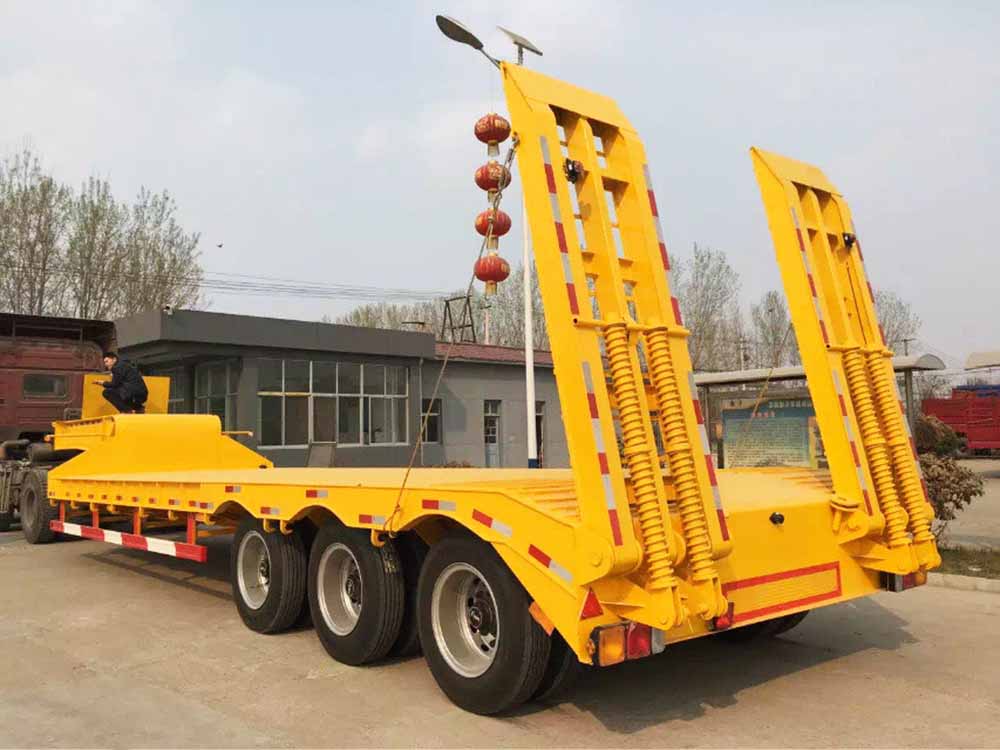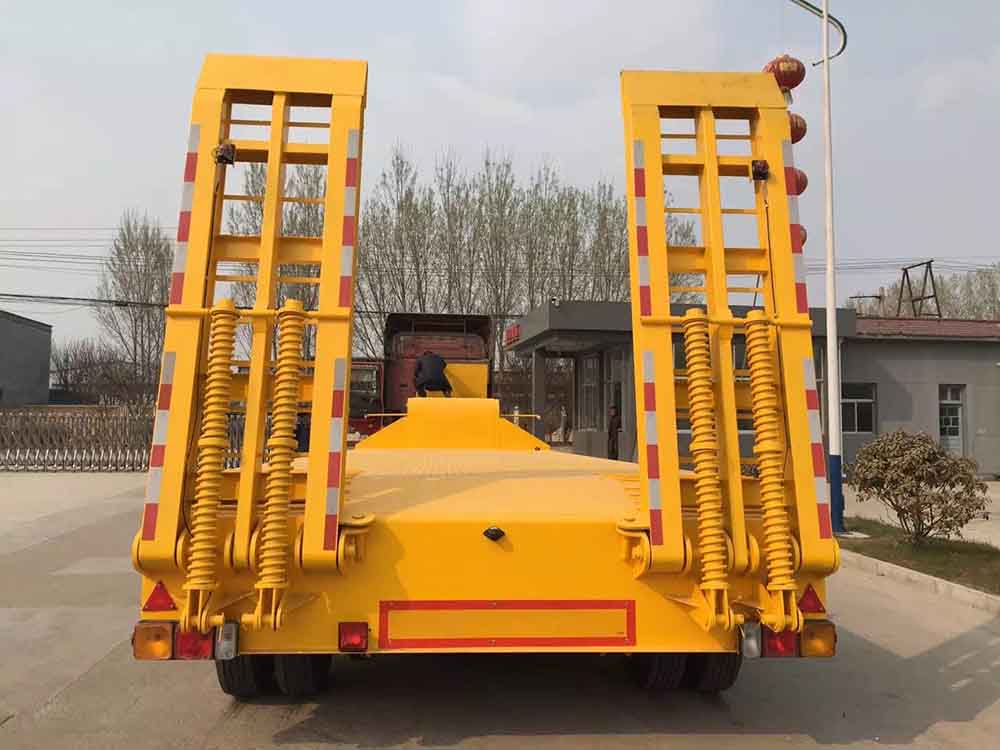A flatbed truck is a type of commercial vehicle designed to transport large and heavy loads. Its defining feature is the flat, open cargo area at the back, devoid of sides or a roof. Here is an overview of the typical structure of a flatbed truck:
- Frame: The chassis or frame forms the structural foundation of the truck. It supports the entire weight of the vehicle and its cargo.
- Front-mounted Engine: The engine is usually located in the front of the truck. The type and size of the engine can vary depending on the make and model of the flatbed truck.
- Cargo Area: Flatbed: The cargo area is a flat, open platform at the back of the truck. It lacks sides and a roof, providing easy access for loading and unloading oversized or heavy items.
- Bed Surface: Material: The surface of the flatbed is typically made of durable materials such as steel or aluminum to withstand the weight and wear of various types of cargo.
- Stake Pockets: Mounted along the edges: Stake pockets are openings or receptacles along the sides of the flatbed that allow the insertion of stakes or side panels to secure and contain the cargo.
- Tie-Down Points: D-rings or other anchor points: Flatbed trucks are equipped with tie-down points or anchor points to secure cargo using straps, chains, or other fastening methods.
- Side Rails (Optional): Mounted on the sides: Some flatbed trucks may have optional removable or foldable side rails that can be used to increase the containment height for certain types of loads.
- Rear Access: Loading Ramp or Liftgate: Flatbed trucks may have a built-in loading ramp or a liftgate at the rear to facilitate the loading and unloading of heavy or wheeled items.
- Suspension System: Axles and suspension components: The suspension system is crucial for providing a smooth ride and ensuring that the weight of the cargo is distributed evenly.
- Wheels and Tires: Axles: Flatbed trucks typically have multiple axles to support the weight of the cargo. The number of axles depends on the truck’s size and the weight it’s designed to carry.


Brake System:
- Air or hydraulic: Flatbed trucks are equipped with a robust braking system to ensure safe stopping, especially when carrying heavy loads. This can include air brakes or hydraulic brakes, depending on the size and configuration of the truck.
Exhaust System:
- Tailpipe: The exhaust system removes and filters the gases produced by the engine. The tailpipe is the outlet for these gases, typically located at the rear of the cab.
Fuel Tanks:
- Located on the sides or rear: Flatbed trucks have one or more fuel tanks to store the diesel or gasoline necessary to power the engine.
Transmission:
- Manual or automatic: The transmission system transfers power from the engine to the wheels. Flatbed trucks may have manual or automatic transmissions, with the choice often depending on the driver’s preference and the truck’s intended use.
Electrical System:
- Battery and wiring: The electrical system powers the lights, signals, and other electronic components of the truck. This includes headlights, brake lights, turn signals, and interior lighting.
Mud Flaps:
- Mounted behind the wheels: Mud flaps are installed behind the wheels to minimize the spray of mud, water, and debris onto other vehicles and pedestrians.
Reflectors and Lighting:
- Required for safety: Reflectors and lighting are essential for making the flatbed truck visible, especially during low-light conditions. This includes reflective strips on the sides and rear, as well as marker lights.
It’s important to note that the specific features and design elements of flatbed trucks can vary based on the manufacturer, model, and intended use. Some flatbed trucks may have additional features or modifications to suit particular industries or transportation needs.

